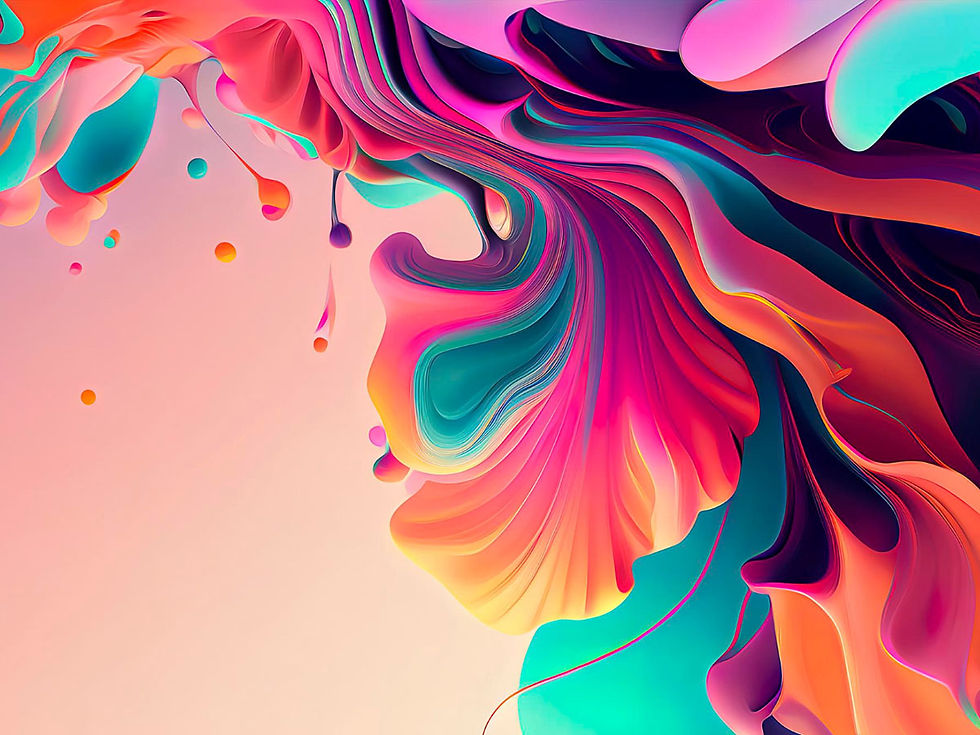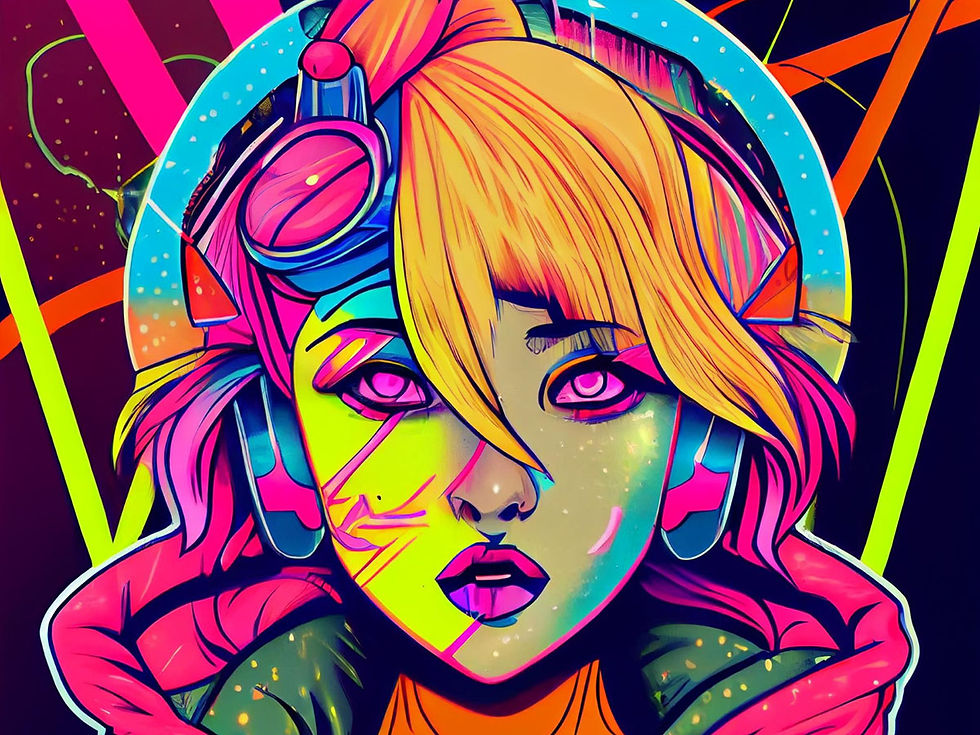The color influence and meaning in the graphic design
- JV Embroidery Design

- Feb 5, 2023
- 2 min read
Updated: Feb 11, 2023
Graphic design is a powerful tool for conveying messages and emotions. Color is one of the most important elements of graphic design, as it can influence how viewers perceive a design and the message it conveys. Different colors evoke different emotions and meanings, and understanding how to use color effectively can help designers create powerful and effective designs.

Examples of Color Influence and Meaning in Graphic Design.
One of the most common examples of color influence and meaning in graphic design is the use of warm and cool colors. Warm colors, such as red, orange, and yellow, evoke feelings of energy, excitement, and warmth.

Cold colors, such as blue, green, and purple, evoke feelings of calmness, serenity, and relaxation.
Types of Color Influence and Meaning in Graphic Design.
There are several types of color influence and meaning in graphic design. One type is the use of color to create a mood or atmosphere. For example, a design with predominantly cool colors may evoke a feeling of calmness and serenity, while a design with predominantly warm colors may evoke a feeling of energy and excitement.

Another type of color influence and meaning in graphic design is the use of color to create a sense of hierarchy or importance. For example, a design may use a bright, bold color to draw attention to a particular element, while using muted colors for other elements.
Techniques for Using Color in Graphic Design.
When using color in graphic design, there are several techniques that can be used to create effective designs. One technique is to use a limited color palette. This helps to create a cohesive design and ensures that the colors used are harmonious and work together. Another technique is to use contrasting colors to create visual interest and draw attention to certain elements. Finally, it is important to consider the meaning of colors when selecting colors for a design, as this can help to convey the desired message.
In conclusion, color is an important element of graphic design, as it can influence how viewers perceive a design and the message it conveys. Different colors evoke different emotions and meanings, and understanding how to use color effectively can help designers create powerful and effective designs. By using a limited color palette, contrasting colors, and considering the meaning of colors, designers can create designs that are visually appealing and convey the desired message.







Comments